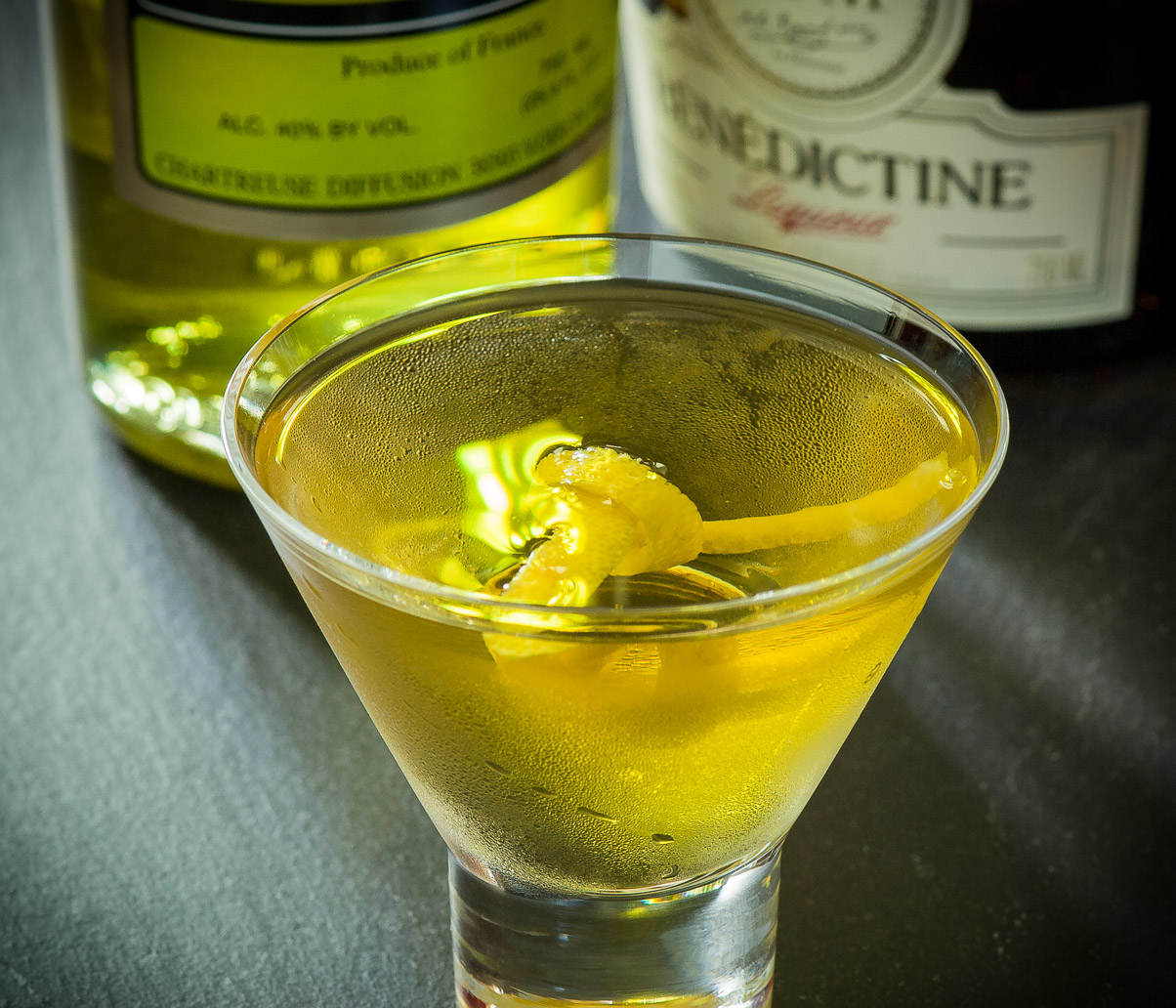“Apple whiskey” is a term you rarely encounter these days. It was once fairly common slang for applejack, itself a slang term for apple brandy.
Apple orchards—in fact, all sorts of fruit orchards—were ubiquitous on eastern farmsteads as early as the 17th century, and it was standard practice for farmers in cold states to make their own apple spirits by “jacking” their hard cider during the winter—letting the mildly alcoholic liquid freeze, removing the ice as it formed, and so gradually concentrating the remaining liquid until they had an apple distillate that could be over 30% alcohol. Apple whiskey made this way was dangerous stuff—jacking concentrates methanol, too, as well as other poisons—but it was a standard way of preserving and using excess farm produce.
Fortunately, applejack’s popularity encouraged commercial distilleries, which applied heat-based methods to apple juice distillation. The first, famously, was the Laird distillery, founded in 1698 by Scotsman William Laird. His applejack manufacture was guided by the heritage of the whisky of his Scottish homeland, more refined than the farm-made jacked products, and aged in oak. It was a brandy that tasted of apples, but was apparently was closer in character to an “apple whiskey.”
One of the cocktails that specified “apple whiskey” as an ingredient was the Full House Cocktail. There are at least two Prohibition-era versions of the Full House; the one I’m interested in today is from A. S. Crockett’s 1935 Waldorf-Astoria Bar Book.

It’s a simple affair, calling for equal parts Yellow Chartreuse, Benedictine, and, of course, apple whiskey:
(Crockett, 1935)
- 1 oz Apple Whiskey
- 1 oz Benedictine
- 1 oz Yellow Chartreuse
- 1 dash Angostura Bitters
This is a very complex, herbal cocktail; it is also an assertively sweet cocktail. The fruit notes, the sweetness of the Benedictine, and the honeyed yellow Chartreuse all combine to pile up sugars in every sip.
If you like sweet cocktails, or if you’re looking for a “dessert” cocktail, the original Full House is an excellent choice.
On the other hand…
If your tastes, like mine, run to drier cocktails, you might ponder what changes you can make and still be true to the original idea of the Full House. A little tweaking of proportions goes a long way, and the obvious change is to double, and perhaps treble, the portion of apple whiskey. An extra dash of bitters helps, and a lemon garnish seems appropriate.
And all those changes seem familiar somehow… Yes, we’ve just reinvented The Widow’s Kiss (of which, more next time.)
I generally prefer Laird’s bonded apple brandy to their applejack. It has more body, higher proof, and a fuller flavor than the blended ’jack. Chartreuse is very assertive; it wants to own any cocktail it’s in, and you need a brandy that will stand up to it.
(There are some other well-regarded American apple brandies that I haven’t sampled, so I can’t attest to how they would play in the Full House. I welcome your comments, opinions, and experimental results.)
 Even with these modifications, the Full House is a sweet cocktail, strongly herbal, and very complex. I would still limit it to the list of after-dinner or late-night drinks, but it’s a good classic to have in the repertoire for just those occasions. Or maybe for someone with a sweet tooth.
Even with these modifications, the Full House is a sweet cocktail, strongly herbal, and very complex. I would still limit it to the list of after-dinner or late-night drinks, but it’s a good classic to have in the repertoire for just those occasions. Or maybe for someone with a sweet tooth.
One more thing—the name. While the term “full house” is now commonly associated with a poker hand, it seems that before the mid-1930s, bridge players used it to signify what is now known as a “grand slam,” where one team takes all the tricks in a given hand. Exactly what that has to do with this cocktail remains a mystery.
More applejack: the classic Jack Rose.
“Apple whiskey and the Full House Cocktail” at cold-glass.com : All text and photos © 2013 Douglas M. Ford. All rights reserved.

Leave a comment